
Table of Contents
In any type of business, making informed decisions is the key to success. It’s no different for a membership site as well.
When it comes to building a business strategy as a membership site owner, you must leave guesswork and personal opinions out. Only data and proven facts should do the talking.
And that’s precisely what I aim to offer through this post. To equip you with statistics, data, and time-tested information to build or tweak business strategies that drive better profitability and consistent growth.
So without further ado, let’s dive in.
Why Membership Site Statistics Matter?
While I’ve explained a fair bit about the importance of taking data-driven, fact-backed decisions above, let me reiterate in detail why it matters more than you may think.
Ranging from user retention to content engagement to minimizing abandoned carts, there are so many different aspects to running a successful membership site. It’s almost impossible to approach all of these aspects in the right way without the help of data and statistics.
Basically, they will help you make decisions on the basis of proven concepts and time-tested information.
Membership Site Statistics You Can’t Overlook
Now I’ll go deep into the most important membership statistics and also offer personal suggestions on how to approach the relevant important aspects of your membership website.
Growth of Subscription-Based Businesses
While it’s not a technical factor directly related to your membership business, it’s important to understand the state of your industry.
Subscription-based businesses are considered fairly new-age in comparison to traditional industries or brick-and-mortar businesses. But are they THE future?
Getting a good understanding of the growth of your industry will not only help you identify the right areas to focus on, but also instill some much-needed confidence you need to survive and grow what many experts will call a new-age business.
With that said, if you’re looking to start a purely subscription-based membership site, the statistics are definitely in your favor. The subscription economy has grown close to 500% faster than the S&P 500, which is an index that represents some of the world’s biggest, more reputable businesses.
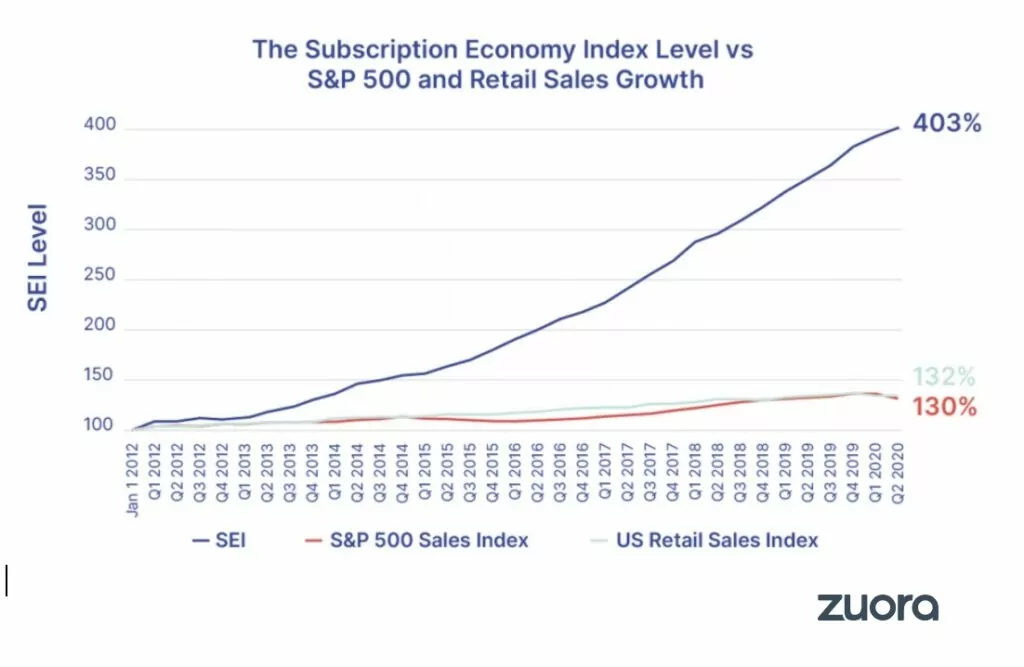
Image credit: Business Wire
If I were to talk some specific numbers, the target size of the global subscription economy might hit a massive $722 billion by the end of 2025. Even the most modest estimates put the figure at close to $600 billion.
The growth of the industry is just as astonishing, estimated to be around 16%. Even going by modest estimates, this growth rate will take the subscription economy revenue to well over $2 trillion by the end of 2034.
Regional Focus
I’d like to offer an important insight here. Despite the huge size of the global subscription economy – which is growing at a great pace – many membership site owners just focus on the US alone.
While the US does hold a significant portion of the entire market, estimated to be well over 40%, it’s important to note that the other countries, too, contribute an impressive 60% to that massive figure.
Image credit: Market.US
Another important data point here is that the subscription-based businesses are estimated to grow at less than 12% in the US. This is in stark contrast to the global growth rate of close to 16%.
In other words, if I were a membership site owner, I’d absolutely not ignore the potential markets for my subscription products other than the US.
Target Age Group
While of course the ideal target age group for your subscription products will depend on the type of products you’re selling, but generally speaking, the 18-29 age group is the most dominant when it comes to purchasing subscription products.
This is particularly true for new-age services like streaming websites and gaming apps. However, when it comes to physical subscription products like beauty or e-commerce subscription products in general, then the 30-39 age group turns out to be a lot more active than any other age group.
The age group is one of the most important components of any ad marketing campaign, be it on social media networks or search engines, so this information should give you a good bit of foundation to build your marketing campaigns around.
Cart Abandonment Statistics
While this is not specific to membership sites, it’s a universal truth in the world of online selling. Cart abandonments are one of the biggest headaches for anyone selling anything online, and membership products are no exception.
The Baymard Institute reports, on the basis of various studies, that the cart abandonments across various industries that exist digitally are well over 70%. Now, that’s a massive figure.
While it’s practically not possible to retain 100% of your members month after month, you can certainly improve your member retention rate significantly with some effort. Here are some quick tips to help you with that.
- The cart value should remain the same until the user makes the payment, there should be no surprise charges at the end;
- Giving enough clarity about the product being sold and how you plan to meet the user’s expectations, so that they don’t have second thoughts just before making the payment;
- Upselling is fine, but don’t overload the users with alternatives or competing membership options on your site during the checkout process;
- Ask for as few details as possible, make the checkout process as fast as possible.
These things are not hard to implement, but can have a great deal of impact on the users finishing the checkout process.
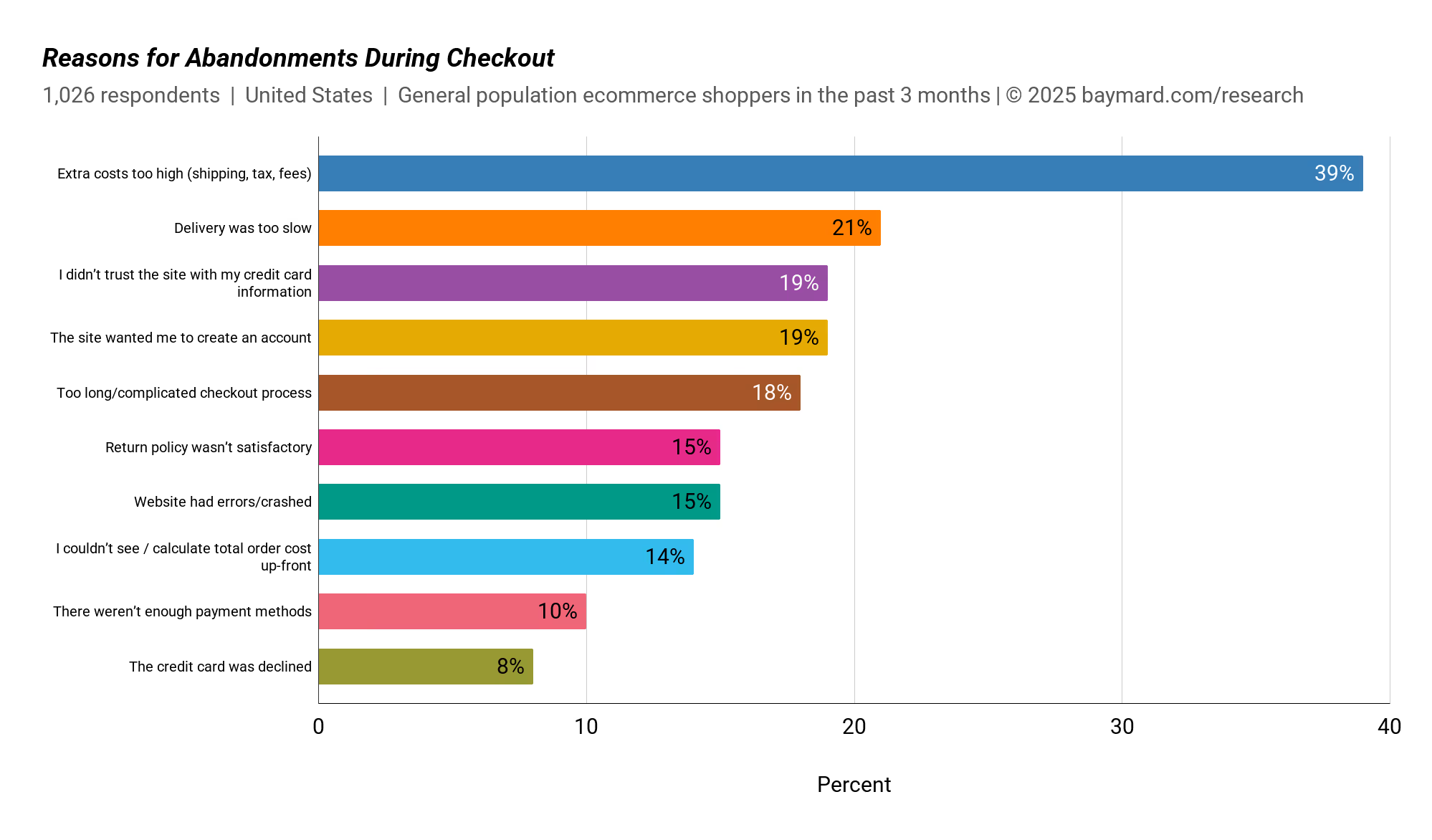
Image credit: Baymard Institute
On top of this, remember that you need a solid, reliable payments plugin to handle all the payments securely and efficiently. A significant number of sales are also lost due to payment processing errors or a faulty Stripe or PayPal payments plugin.
Simply by following these tactics to reduce cart abandonments, you will be able to boost your conversion rate significantly.
Member Retention and Churn Rate
When it comes to membership businesses, nothing haunts the site owners more than user or member churn. You spend heavily on marketing and content creation to attract your target audience and then work hard on converting as many of the users as you can into paid members.
But then comes the next payment date for the members. And you see your hard-earned subscribers or members falling off one after another.
I don’t need to go into a lot of details here on how adversely it affects your membership business. So let me cut right to the solution.
One of the biggest factors that encourages your members to renew their membership is to keep them excited for something new, something more. A lot of membership site owners get so obsessed with a certain product, course, or topic that they keep going into more and more details on it without understanding if their members are still interested.
More often than not, members want something new and fresh to feel that they are getting their money’s worth. If they don’t get that feeling, they would automatically think that they have got the crux of what you have to offer, and they no longer need to spend more.
This is not only true for digital products, courses, or subscription plans, but also for subscription-based physical goods.
A churn rate of 5-7% percent is generally considered normal and not something you can prevent in most cases. If you get a churn rate lower than that consider yourself exceptionally lucky.
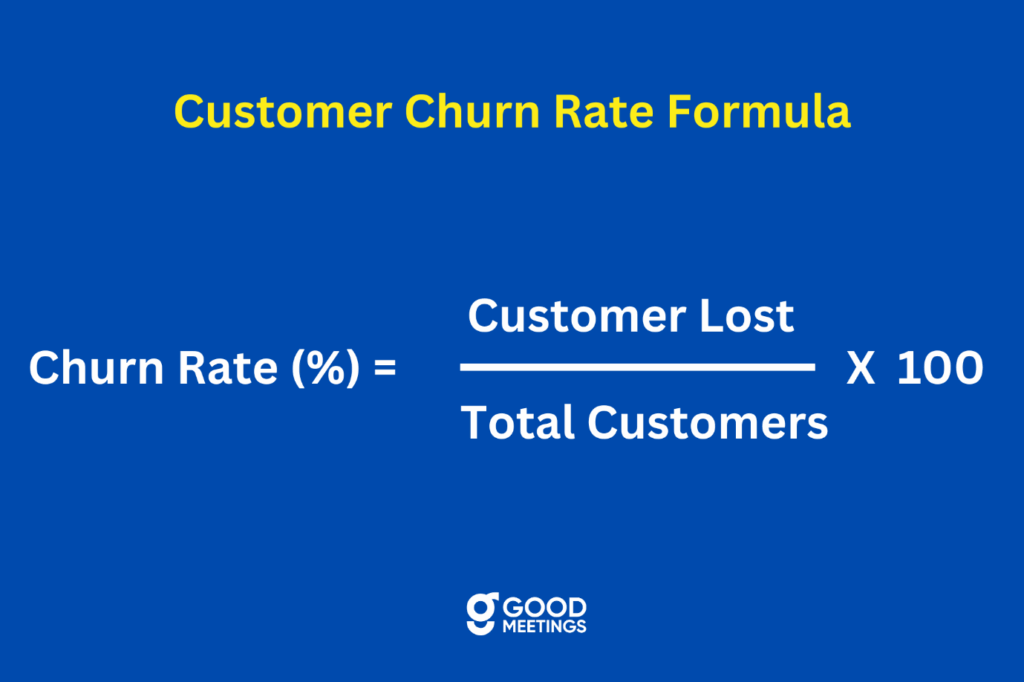
Image credit: Good Meetings
The problem, however, is that many membership site owners see as many as 10 or 20% of their members disappearing every month, or in certain worse cases, even higher. And if you keep focusing on bringing in new members to replace the ones you’re losing, you’re fighting a losing battle as a digital business.
While we have explained a particular churn-kill strategy in detail above, let us quickly walk you through some more tips to reduce churn rate on your membership site below.
- Keep bringing in fresh content or products, keeping the members excited and hungry for more;
- Constantly seek feedback from your members, especially the older ones, about what they would like to see next from you;
- Try to get detailed feedback from the members who leave, and if you find some common pain points, immediately fix them;
- If you see a consistently high churn rate, introduce your other different products or membership plans to your members as an alternative instead of letting them just leave as a member entirely;
- Last but not least, ensure that you’re offering a reliable recurring payment infrastructure to your members to renew effortlessly without having to jump through loops.
Pricing Strategy
The pricing strategy is one of the least “generic” factors among everything else for membership sites. This is primarily because the pricing is a very sensitive subject and often extremely subjective to the industry you operate in.
For instance, grocery subscription customers would typically be a lot more sensitive to any price change than customers of a cloud storage service.
With that said, the common price points for subscription products across industries in general are in the range of $4.99 to $29.99.
For monthly subscriptions, the most common price point is specifically $9.99. But this number might not hold any real weight depending on your specific industry.
However, I do have a pricing approach I recommend irrespective of your industry. The thing is that users are a lot more hesitant to pay a large amount upfront.
If you have a long trial period, then that may help, but if not, then I’d suggest that you start small. And by that, I mean that you offer an “introductory plan” just to attract the first-time users and turn them into members.
For example, if your standard membership plan is priced at $49.99, you can have a plan for first-time users that lets them access the plan for a month at just $9.99 or $19.99 at the most.
This accomplishes two objectives. First, instead of a huge portion of your ad budget yielding no result, it would help turn a lot of your target users into members at least for once, who would otherwise just leave your site after checking the prices.
Second, once many of these new members realize the value of your content or products, they will be a lot more likely to pay the full price from the second month onward.
Site Infrastructure
The system or infrastructure of your membership site is going to be the foundation of your membership business. WordPress, as usual, is the most dominant platform here.
As per some reports, WordPress is used by well over 40% of all websites that exist today. Of course, this number is going to be lower for membership sites specifically, since there are also some LMS platforms that operate independently.
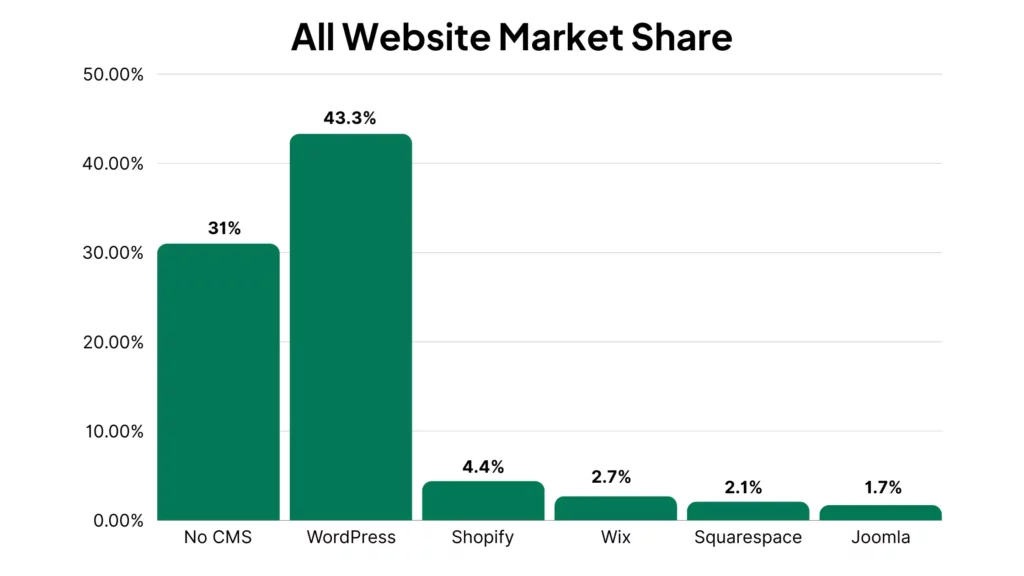
Image credit: W3 Techs
But if you decide to use WordPress, which comes with considerably lower costs and a lot more flexibility, know that there’s another more important decision for you to make.
WordPress simply offers an empty box in the form of a Content Management System (CMS), but the real infrastructure for your site would be the membership plugin you choose.
Your membership plugin software is actually the real platform that will allow you to build your entire site from scratch, ranging from different membership plans, free trials, managing recurring payments, integrating payment gateways, user management, content management, and everything else.
Payment Management
This is supposed to be the easiest component of running a membership site. Don’t let it turn into a nightmare by choosing the wrong payment plugin.
A payments plugin is simply a WordPress plugin that helps you accept payments, or recurring payments, from your users. It will also help you offer different payment gateways or options to your users.
Again, this is more important than you think. Because as per a particular report, over 60% of consumers abandon the purchase if they come across any kind of payment issue on a website.
I don’t expect this number to be much lower for membership sites too, although some of your users might retry the payment.
But you get the point. A strong membership infrastructure and a reliable payment system are non-negotiable for the success of your membership site.
Introducing Paid Member Subscriptions
As I explained above, all the membership site statistics and the insights shared above don’t mean much if you’re using a subpar WordPress or WooCommerce membership plugin or an unreliable payments plugin.
Paid Member Subscriptions offers the best of both worlds. It’s not only a complete membership site plugin but also a super stable WordPress payments plugin.
It will help you build your membership site from the ground up, even if you don’t have much technical knowledge. You can customize everything with your site: membership plans, user management, content locking, and content strategy, all without having to write or modify a single line of code.
The same goes for handling payments, too. Paid Member Subscriptions handles recurring payments with ease, and you can use both Stripe and PayPal to accept payments from your users simultaneously.
So, before you start making the required changes to take your membership site to the next level, make sure you get Paid Member Subscriptions to have a solid base infrastructure and all the features you need to work with.
Paid Member Subscriptions Pro
Paid Member Subscriptions is a single plugin for both setting up a membership site and accepting payments seamlessly.
Get Paid Member SubscriptionsRelated Articles
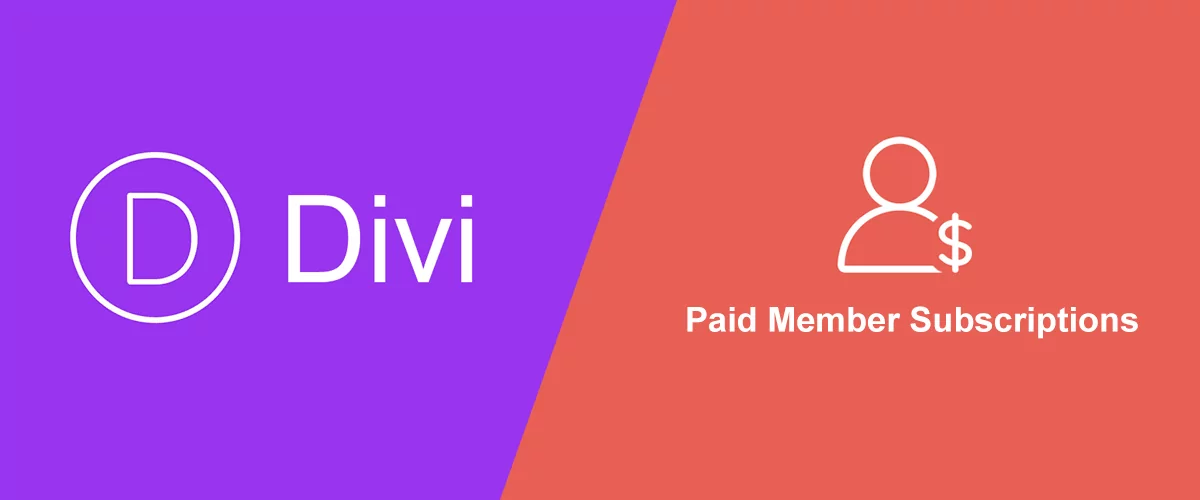
How To Create a Divi Membership Site
If you’re thinking of building a membership site in WordPress, you’ll need a solid theme and a membership plugin that pairs well with it. In this complete guide, we’ll show you how to create a Divi membership site using the popular Divi theme in combination with the Paid Member Subscriptions plugin.
Continue Reading
Membership Blog: Why Start One, Popular Examples and How To
I think you will agree starting a membership blog seems daunting, especially for a first-timer. Talk to just about any beginner who has never created a membership blog (or even a simple website), and they will field questions such as: Why should I start a membership blog? What kind of content, products, or services should […]
Continue Reading
How to Build an Elementor Membership Site with Paid Member Subscriptions
Are you looking to add membership functionality to your Elementor site in WordPress? Perhaps you want to create subscription plans, restrict access to premium content, and accept payments within the popular page builder. The good news is that you can use Paid Member Subscriptions to do all this and more. For example, you can customize restriction […]
Continue Reading

